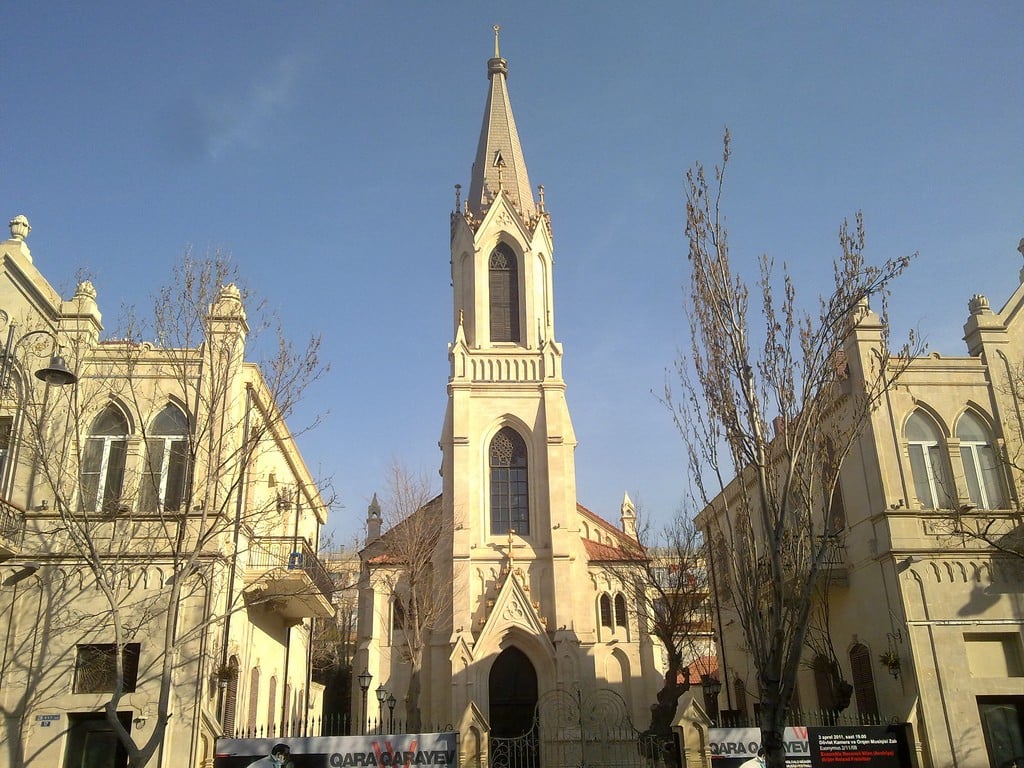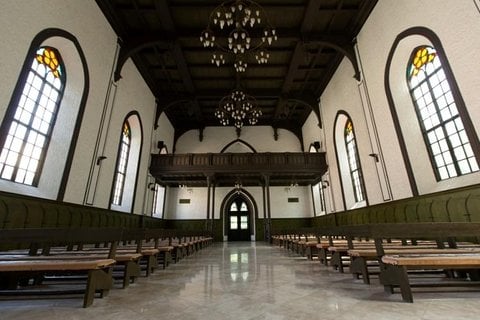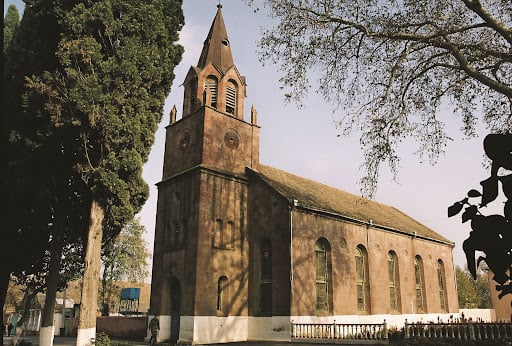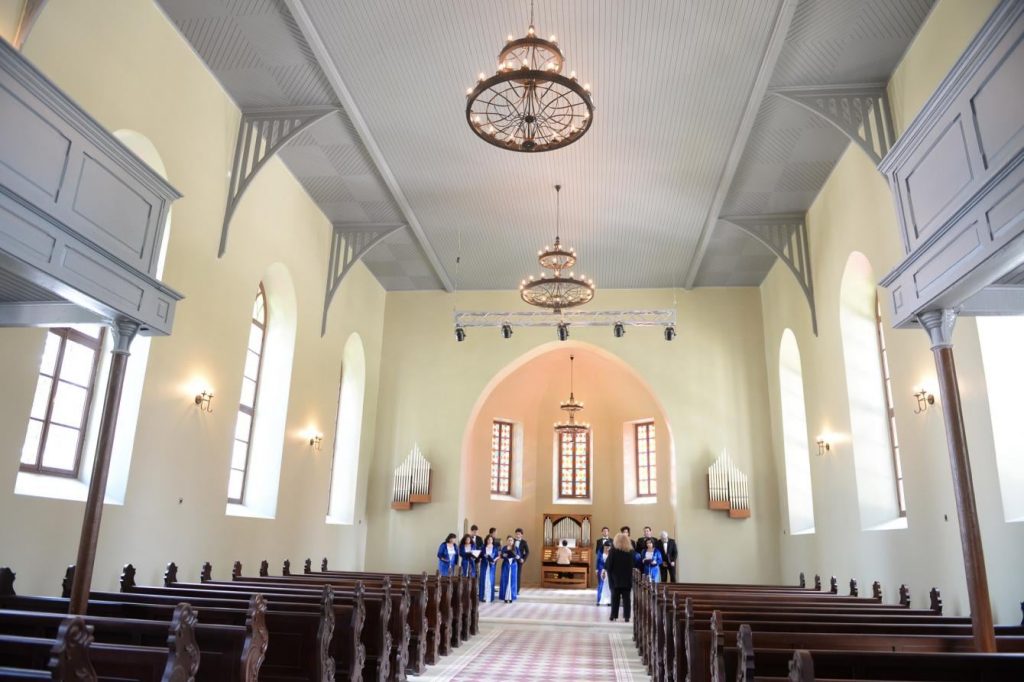
Caucasian Germans Around Göygöl and Shamkir – An International Model of Azerbaijani Tolerance
By Dr. Carsten Sander Christensen
For more than 1200 years, the area we today know as Azerbaijan, has been a predominantly Muslim land area. In 2025 almost 98% of the population are Muslims in the country. Azerbaijan is actually considered part of both Europe and Asia, sitting in between Eastern Europe and Western Asia. This international melting pot has created nowadays Azerbaijan, a country which gained independence 34 years ago. Actually, the country has no official religion, restricts religious freedom and maintains state control of worship. And has strong relations to Israel.
It is the spirit of the time of the caliphates of Baghdad and Cordoba (the 800s). Perhaps the most tolerant and innovative era in world history. 1200 years later, for instance Spain and Morocco are still very much marked by the Moorish presence – long time ago. Modern Azerbaijan is also very much marked by this era. Historical and other cultural and historical sites, musical traditions, rites, food dishes and other traditions, some of which are on UNESCO’s World Heritage List. And the population, the Azeris, are very much marked, too.
One example of this spirit of tolerance and freedom is very obvious one in the country – namely the example of the Caucasian Germans in the north western part of the Azerbaijan. It all began in the modern cities of Göygöl, whose name originally was Helenendorf, and Shamkir, originally Annenfeld and settlements along the valleys of the river Kura – all the way to the Georgian border and further to Tbilisi.
In the early 1800s, Europe was characterized by Lutheran pietistic tendencies and religious sects sprang up all over Europe. Especially in Germany with the Amish people (moved to USA) and the Moravians as the two best known examples. The settlements of Helenendorf and Annenfeld was founded by 700 German families from Württemberg in southern Germany. They moved to the banks of the Kura River primarily because they were not well-liked in their homeland. And secondly the tolerance in Europe was at a little level, therefore the deportations.
In 1819, the settlement of Helenendorf had been named after the Russian Emperor Paul 1’s daughter, Elena Pavlovna. A few years before, Russia has simply annexed parts of Georgia and Azerbaijan, and therefore it was the Russian Emperor who gifted the lands to the Caucasian Germans. Only a few decades later, the German societies flourished with industry and crafts. German cobblers, high-class tailors, blacksmiths and carriage shops took over the whole area and the local Azeris were part of the society. Even though the Germans delivered most of their products to all corner of Russia, some products were also sold in Azerbaijan. A development that was only made possible by a very tolerant local population. And a close cooperation between the two cultures.
Wine and brandy production was organized in the beginning of the 1900s and production of oak casks was put into production. An industry that partly exists today and with local Azeri owners. Helenendorf was the first village in the entire Caucasus to have electricity in 1912, and even a functioning telephone network in 1916. In 1908, the German population of Helenendorf was more than 2,400.
In May 1918, Azerbaijan established the Muslim world’s first secular democracy – after the fall of the Russian Empire. Where women and the Caucasian Germans has right to vote. The People’s Republic of Azerbaijan only lasted until April 1920, but the Caucasian Germans were very active in the independence process of the Azeris. And as a minority they also got seats in the parliament in Baku, a minority good that only occurred in the most developed democracies like Germany and France at that time. Therefore, Azerbaijan was a precedent for the design of democracies in the Muslim world.
One of the biggest events in the history of the republic was, furthermore, the celebration of the centenary of the German settlements in Azerbaijan. Many visitors attended from Germany and from the whole Caucasus. And because of the numbers of visitors, German Lutheran pastors conducted divine service in open space and material and spiritual culture of the German trailblazers were displayed in the many processions. Celebrating Christians in an area with increasing tensions between, for example, Turkey and Armenia and between all religions must be said to be the pinnacle of tolerance.
In April 1920, Azerbaijan became a Soviet Socialist Republic and a new rough time began. Moscow had very well noticed the Caucasian Germans intense activity in the Azerbaijani democracy. And it came to cost the Germans very dearly. They were deported in larger quantities together with local Azeris. Today, only the German quarters with original German houses and church in Göygöl remain, but not on the list of UNESCO world heritage sites? The communists killed the work of the Caucasian Germans but not the spirit of the Azeris.









